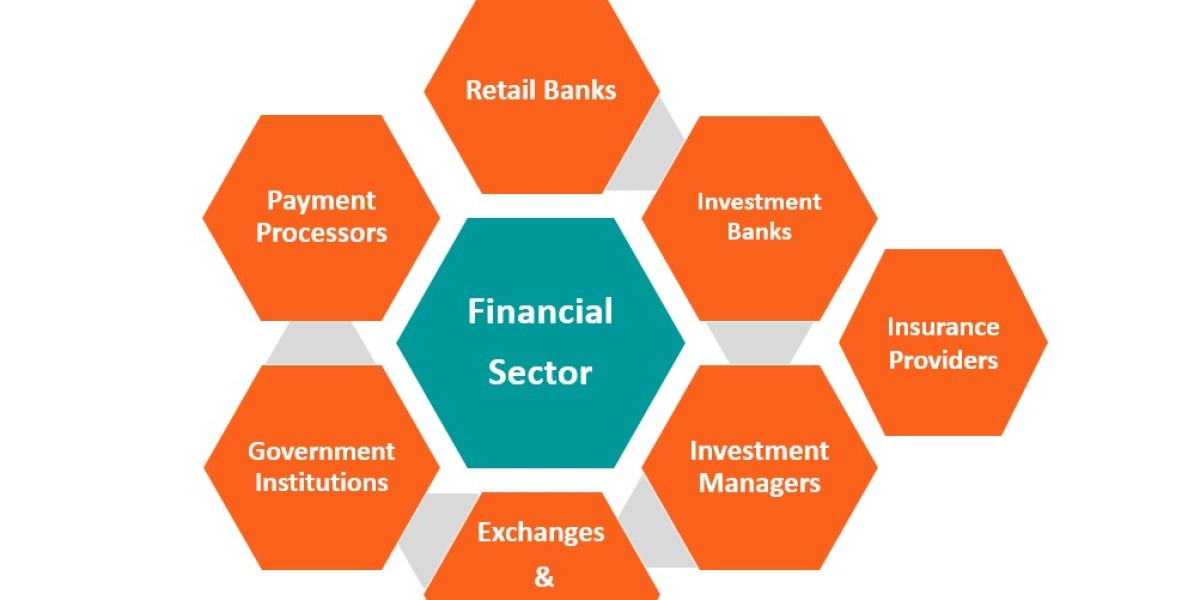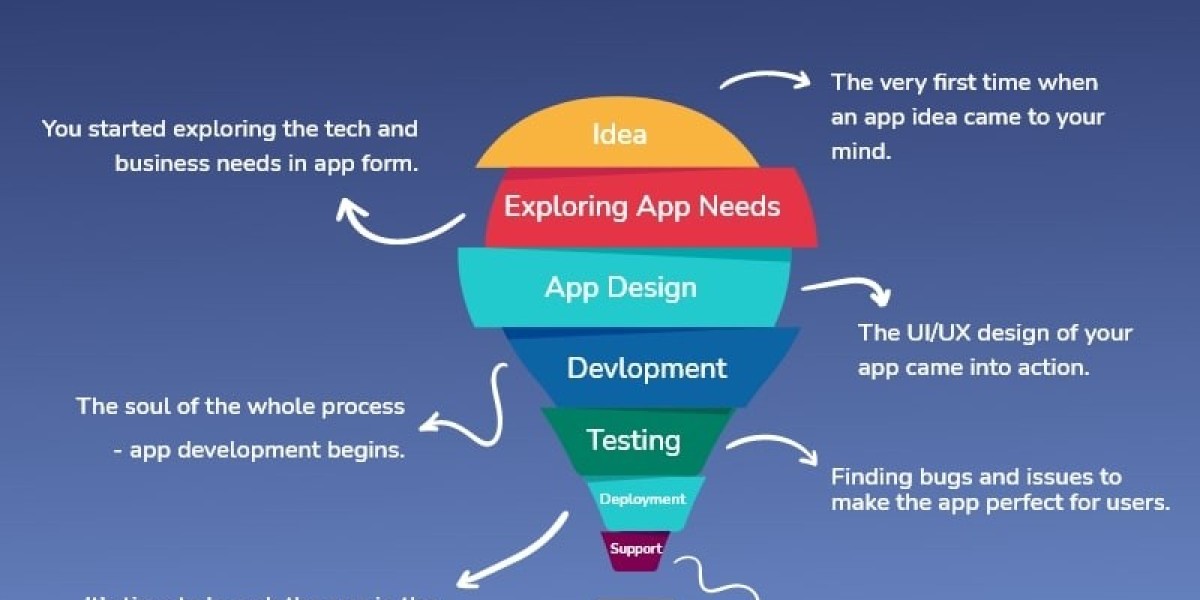Unveiling the Dynamics of the Banking and Finance Sector Market: A Comprehensive Analysis
In today's ever-evolving global landscape, the banking and finance sector stands as a crucial pillar supporting economic growth and stability. With advancements in technology, shifting consumer preferences, and regulatory changes, the industry continues to undergo significant transformations. This article delves into the intricate dynamics of the banking and finance sector market, providing insights into market overview, key segments, latest industry news, prominent companies, market drivers, and regional perspectives. The Banking and Finance Sector market industry is projected to grow from Significant Value by 2032, exhibiting a compound annual growth rate (CAGR) of 8.0% during the forecast period (2024 - 2032).
Market Overview:
The banking and finance sector encompasses a wide array of financial institutions and services, ranging from traditional banking activities such as lending and deposits to investment banking, asset management, and insurance. This sector plays a pivotal role in facilitating capital allocation, risk management, and financial intermediation, thereby fueling economic activities globally.
In recent years, the market has witnessed substantial growth driven by factors such as increasing digitization, rising disposable incomes, and expanding global trade. However, the sector also faces challenges such as regulatory compliance, cybersecurity threats, and disruptive innovations from fintech companies.
Request To Free Sample of This Strategic Report - https://www.marketresearchfuture.com/sample_request/21861
Key Market Segments:
The banking and finance sector can be segmented into several key categories, including retail banking, corporate banking, investment banking, wealth management, insurance, and fintech. Each segment caters to distinct customer needs and preferences, offering a diverse range of products and services.
Retail banking focuses on serving individual consumers and small businesses, providing services such as savings accounts, loans, and payment solutions. Corporate banking, on the other hand, serves larger enterprises by offering financing, cash management, and advisory services tailored to their specific requirements.
Investment banking encompasses activities such as underwriting securities, mergers and acquisitions, and financial advisory services for corporations and institutional clients. Wealth management caters to high-net-worth individuals, offering investment advice, portfolio management, and estate planning services.
The insurance segment provides protection against various risks, including life insurance, property and casualty insurance, and health insurance. Meanwhile, fintech companies leverage technology to innovate and disrupt traditional financial services, offering solutions such as digital payments, peer-to-peer lending, and robo-advisory platforms.
Industry Latest News:
The banking and finance sector is abuzz with the latest developments, reflecting the dynamic nature of the industry. Recent news highlights include:
- Adoption of blockchain technology by major banks for secure and efficient transaction processing.
- Launch of digital banking platforms offering seamless customer experiences and personalized services.
- Expansion of sustainable finance initiatives aimed at addressing environmental and social challenges.
- Collaboration between traditional financial institutions and fintech startups to drive innovation and enhance competitiveness.
- Implementation of stricter regulatory measures to safeguard financial stability and consumer interests.
Key Companies:
Several key players dominate the banking and finance sector, including global banking giants, investment firms, insurance companies, and fintech disruptors. Prominent companies in the industry include JPMorgan Chase, Bank of America, Citigroup, Goldman Sachs, Morgan Stanley, Berkshire Hathaway, Allianz, AXA, Ping An Insurance, PayPal, Square, and Ant Group.
These companies wield significant influence in shaping market trends, driving innovation, and setting industry standards. Their diverse portfolios, extensive networks, and technological prowess enable them to navigate market challenges and capitalize on emerging opportunities effectively.
Market Drivers:
Numerous factors drive the growth and evolution of the banking and finance sector, including:
- Technological Innovation: Advances in artificial intelligence, blockchain, and data analytics are revolutionizing financial services, enabling faster transactions, improved risk management, and enhanced customer experiences.
- Regulatory Environment: Stringent regulatory requirements aimed at enhancing transparency, accountability, and consumer protection shape the operational landscape for financial institutions, influencing their strategies and business models.
- Economic Trends: Macroeconomic factors such as GDP growth, inflation rates, and interest rates impact the demand for financial products and services, influencing lending activities, investment decisions, and asset valuations.
- Demographic Shifts: Changing demographics, including aging populations, urbanization, and rising middle-class incomes, drive demand for retirement planning, insurance coverage, and wealth management services.
- Globalization: Increasing interconnectedness and cross-border transactions necessitate robust risk management frameworks, regulatory compliance measures, and international partnerships to facilitate seamless capital flows and mitigate systemic risks.
Ask for Customization - https://www.marketresearchfuture.com/ask_for_customize/21861
Regional Insights:
The banking and finance sector exhibits varying dynamics across different regions, influenced by factors such as economic development, regulatory frameworks, cultural preferences, and technological adoption rates.
In mature markets such as North America and Western Europe, established financial institutions dominate the landscape, leveraging sophisticated infrastructure and regulatory expertise to offer a wide range of products and services. However, these markets also face challenges such as low interest rates, intense competition, and regulatory scrutiny.
Emerging markets in Asia-Pacific, Latin America, and Africa present immense growth opportunities fueled by rapid urbanization, expanding middle-class populations, and increasing digital penetration. Here, innovative fintech solutions are driving financial inclusion, enabling underserved populations to access banking services and participate in the formal economy.
In conclusion, the banking and finance sector market is characterized by dynamism, innovation, and complexity. As technology continues to disrupt traditional business models and reshape consumer behavior, industry players must remain agile, adaptive, and forward-thinking to thrive in an increasingly competitive landscape. By embracing innovation, embracing collaboration, and staying attuned to evolving market trends, the banking and finance sector can navigate challenges and unlock new opportunities for sustainable growth and prosperity.








